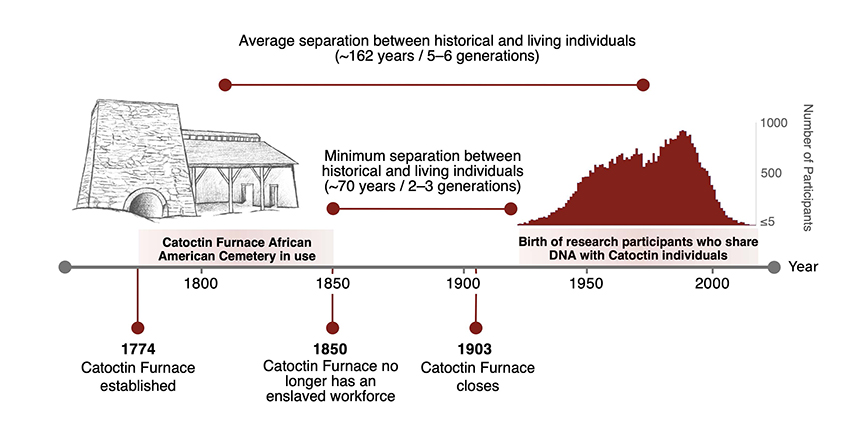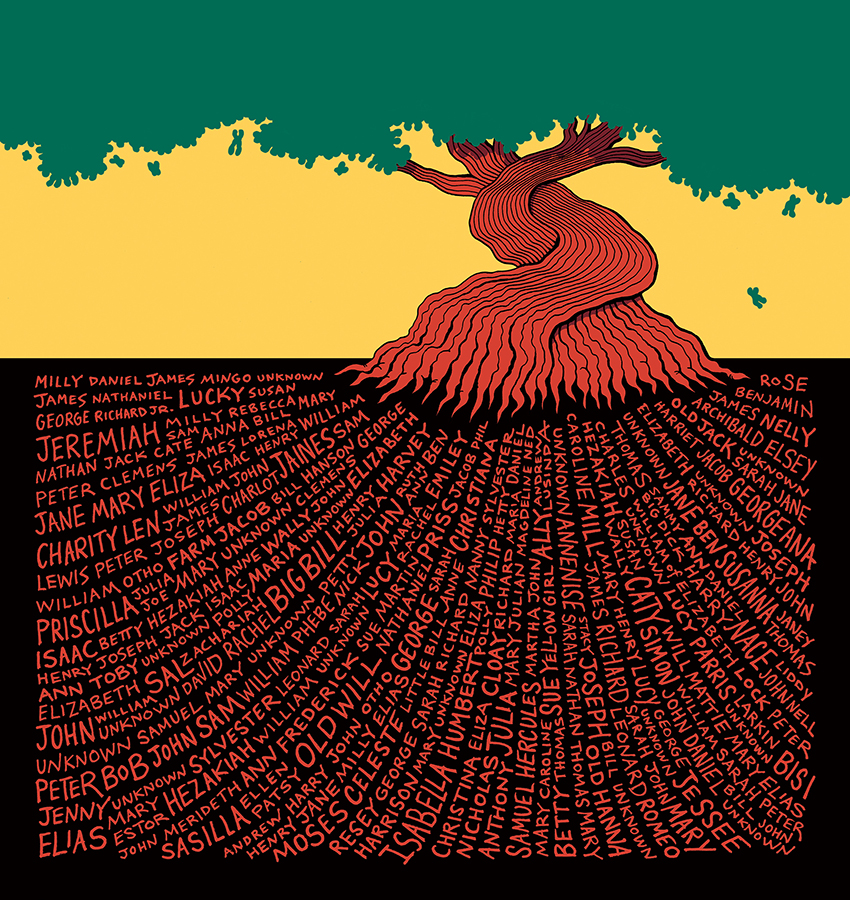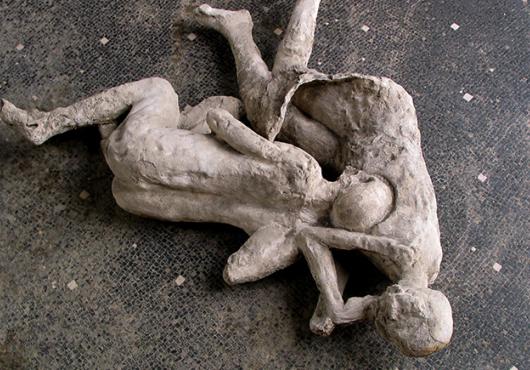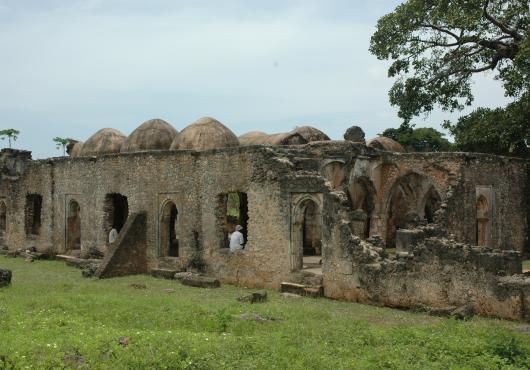
At a glance:
- DNA analysis of African Americans buried at an early U.S. iron forge reveals locations of their African and European ancestors and finds more than 40,000 living U.S. relatives.
- The study — led by Harvard University, the Smithsonian Institution, and 23andMe — is the first to link up ancient DNA technology with a personal ancestry testing database and use a new method for determining genetic relationships.
- The work, which followed rigorous ethical guidelines, was inspired by groups seeking to restore ancestry knowledge to African American communities.
A first-of-its-kind analysis of historical DNA ties tens of thousands of living people to enslaved and free African Americans who labored at an iron forge in Maryland known as Catoctin Furnace soon after the founding of the United States.
The study, spurred by groups seeking to restore ancestry knowledge to African American communities, provides a new way to complement genealogical, historical, bioarchaeological, and biochemical efforts to reconstruct the life histories of people omitted from written records and identify their present-day relatives.
Described Aug. 4 in Science, the work reveals how 27 individuals buried at Catoctin Furnace were related to each other, the genetic conditions they may have had, where in Africa and Europe they or their ancestors likely came from, and where in the U.S. they have descendants and other genetic relatives living today.
“Recovering African American individuals’ direct genetic connections to ancestors heretofore buried in the slave past is a giant leap forward both scientifically and genealogically, opening new possibilities for those passionate about the search for their own family roots,” said study co-author Henry Louis Gates Jr., the Alphonse Fletcher University Professor and director of the Hutchins Center for African & African American Research in Harvard University’s Faculty of Arts and Sciences and host of the genealogy and genetics TV show Finding Your Roots.
Until now, genetic insights into the identities and ancestries of early African Americans were limited to what could be gleaned from mitochondrial DNA, which is passed down through mothers; from Y-chromosome DNA in males; and from comparisons to DNA sequences in moderately sized public databases that often lack sufficient numbers of Black participants.
The new study makes an advance by sequencing sites from across the historical individuals’ entire genomes, comparing the sequences to a database with de-identified DNA information from more than 9 million living people, and using a new method to determine how genetically related people are.
The work — the first to link up ancient DNA technology with a personal ancestry testing database and to use the new algorithm — was made possible by a collaboration among researchers from Harvard, the Smithsonian Institution, and the genetic testing company 23andMe.
“Our study combines for the first time two transformative developments in genomics in the last decade: ancient DNA technology, which makes it possible to efficiently sequence whole-genome data from human remains, and direct-to-consumer genetic databases that contain data from millions of people who have consented to participate in research,” said co-senior author David Reich, professor of genetics in the Blavatnik Institute at Harvard Medical School and professor of human evolutionary biology in Harvard’s FAS.
“This work demonstrates the power of DNA to provide information about ancestral origins,” he added.
The authors have made the Catoctin Furnace data publicly available for other researchers and amateur geneticists. However, they caution that establishing genetic relationships between living people and those from Catoctin should be handled with the utmost sensitivity, as outlined in a companion paper published in the American Journal of Human Genetics and in a Q&A from study co-author Roslyn Curry, a Harvard Kenneth C. Griffin Graduate School of Arts and Sciences student in the Reich lab and former 23andMe intern.
Reconnecting snapped threads
How the study helps break through the "brick wall" of reconstructing genealogies that involve enslaved African AmericansIf an African American descends from an ancestor who was free before the Civil War, tracing their relationship to that person can be done with relative ease, said Gates. However, trying to reconstruct genealogies descending from enslaved ancestors can be difficult because of the information vacuum created by the transatlantic slave trade, the centuries-long institution of slavery, and the systemic racist practices that endured in the decades following abolition, the study authors said.
“Our enslaved ancestors’ identities remain suspended in silence and anonymity in the abyss of slavery,” said Gates.
Specifically, African Americans seeking to identify enslaved relatives and those relatives’ African lineages often fall off an information cliff at around 1870; before then, the U.S. Census did not list enslaved African Americans by name.
“We can, and do, discover enslaved ancestors before 1870, but we can only do so by finding their names listed in records related to the white people who enslaved them,” said Gates.
“Even if we don’t — and will never — know their names, this study allowed us to make connections between individuals who died more than 200 years ago and their living descendants.”
The Catoctin Furnace Historical Society, in partnership with the African American Resources Cultural and Heritage Society of Frederick County, Maryland, has been working to restore broken lines of identity at the ironworks by unearthing and teaching the site’s history and identifying descendants of the African Americans who worked there from at least 1776 until the mid-1800s.
Until now, historical society staff could study only written records and the bone and tooth characteristics of individuals who’d been buried at Catoctin Furnace. Those individuals’ remains were not exhumed to conduct the work but rather had been excavated in the late 1970s as part of an unrelated highway construction project. The Smithsonian has held the remains since then.
Genealogical research allowed society staff to identify two living families with links to African American workers at the site. But they knew more relatives remained to be discovered.
Genome sequencing offered a way forward.
Seeking permission
Read more about the ethical considerations that supported this studyRecently proposed global ethical guidelines hold that before work can begin on an analysis such as this, scientists should consult with relatives or local communities linked to the historical individuals whose DNA is being considered for study. But when the work began, there were no known family members of the enslaved people from the Catoctin Furnace site to consult.
In their stead, the Catoctin Furnace Historical Society and the African American Resources Cultural and Heritage Society served as a collective kinship community. When the two Catoctin-associated families were found, they, too, were asked for their approval, consulted with, and kept informed throughout the research process.
With this support, the Smithsonian team granted access for the DNA to be sequenced and analyzed. The team also helped guide which individuals to sample and helped contextualize the findings within historical, osteological (bone), and archaeological records.
The study team also included professors from Harvard and Boston University with expertise on African American history and culture.
“African Americans have been proactive and extremely enthusiastic about using modern genetic tools to trace lost family roots beyond the brick wall of slavery prior to 1870,” said Gates.
“This study is an example of deploying scientific tools to address questions of long-standing interest to African Americans, at the community’s request,” he said. “It is a tool for empowerment of African Americans, rather than exploitation of a vulnerable population. I think it is a model of engagement to be emulated.”








